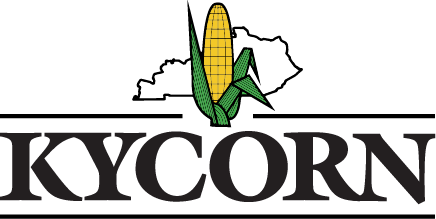Today, the Environmental Protection Agency (EPA) announced a long-awaited interim decision regarding the reregistration of the triazines: atrazine, propazine, and simazine. After years of research and public comments from the agriculture community, EPA Administrator Andrew Wheeler declared these fundamental crop management tools safe for continued use in controlling resilient weeds. According to the Triazine Network, a coalition of agricultural organizations that advocates for science-based regulatory decisions, this interim decision is a major milestone.
“Today’s news provides much needed regulatory certainty for farmers during a time when few things are certain,” said Missouri Corn Growers Association CEO Gary Marshall, who chairs the Triazine Network. “We appreciate today’s announcement from EPA Administrator Wheeler. We thank the agency on behalf of the farmers who rely on atrazine to fight problematic weeds and employ conservation tillage methods to reduce soil erosion and improve water and wildlife habitat. “
>
“I’ve been a part of the Triazine Network for 10 years and I’m glad to see that all the efforts, mountains of comment letters and countless trips to EPA have helped our message be heard. ”
Atrazine ranks second in widely used herbicides that help farmers control weeds that rob crops of water and nutrients. Utilized for over 60 years, atrazine is the most researched herbicide in history and has a proven safety record. Today’s announcement concludes the registration review process where EPA is required to periodically re-evaluate existing pesticides under the Federal Insecticide, Fungicide, and Rodenticide Act (FIFRA). The next step for the triazines is a draft biological evaluation required under the Endangered Species Act (ESA), which is expected to be published in October.
“This isn’t the last review of atrazine. In fact, the Endangered Species Act review will be key to the future of atrazine as well as other crop protection tools. Moving forward, we remain vigilant in ensuring the agencies involved utilize high-quality, scientific studies,” stated Marshall. “The EPA has said they will utilize the best available research, first in a letter the Triazine Network in 2019 and again today. Our stance has always been sound, credible science must win. We appreciate these commitments, and EPA must hold true to them in the ESA evaluation.”
Approved for use 1958, atrazine has been extensively reviewed by EPA and others over the decades and across administrations. The final ESA assessment is slated to be released in 2021.
NCGA Statement
“Earlier today the EPA released its interim decision on the reregistration of atrazine, a product used annually on approximately 60 percent of U.S. corn acres. Atrazine has undergone years of scientific study and we appreciate the EPA recognizing that it is a safe and effective tool for weed control. Atrazine is instrumental in enabling the use of conservation tillage practices, which ultimately protect more soil from water and wind erosion, conserve moisture, reduce runoff, improve wildlife habitat, and limit output of labor, fuel, and machinery. It is a critical tool in ensuring the long-term sustainability of U.S. agriculture. Today’s announcement, however, does not end the review process for atrazine as it must also undergo an Endangered Species Act review. As a part of that review, EPA must publish a draft biological evaluation of atrazine. NCGA will continue to work with EPA and hold the agency to its promise to use the best available research when drafting and publishing atrazine’s biological evaluation.”
– Kevin Ross, NCGA President
Farmers took opportunity to write letters to EPA on the importance of Atrazine during the 2020 NFMS.


